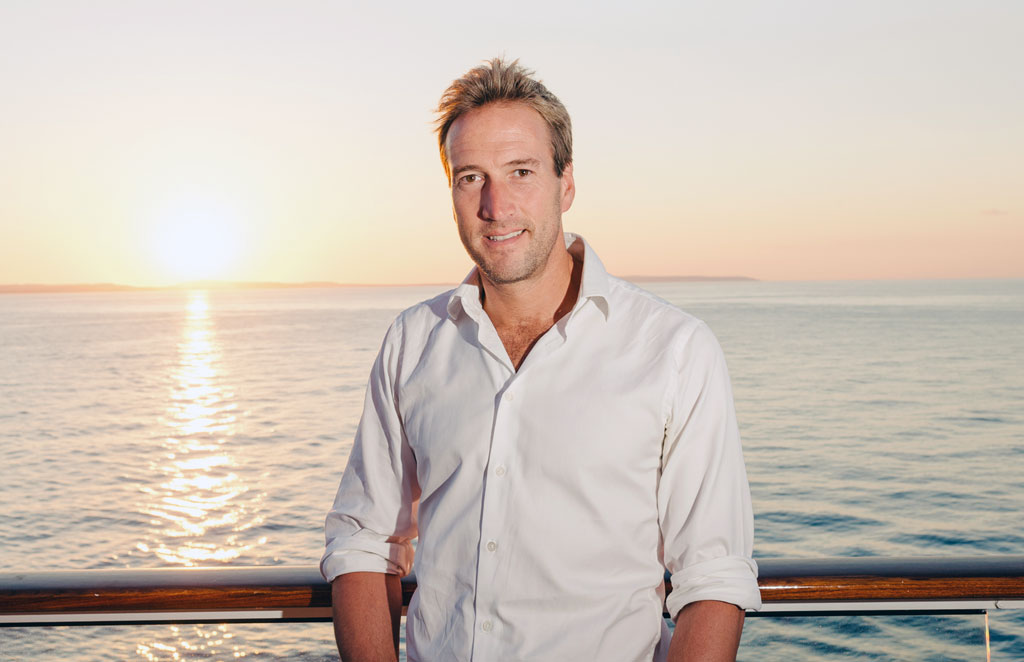Visiting India is not a spur-of-the-moment thing. You have to plan in advance. To start with, visas must be sorted out beforehand, and every passenger on board mv Voyager had obtained pictures of the peculiar size and shape required by Indian authorities and paid £100 and more for the requisite piece of paper to be stuck inside their passports.
Filling in the forms is easier these days because they can be completed online, but they still require all sorts of unnecessary information such as spouse’s mother’s maiden name, and a gazetteer of countries visited in recent years.
In my case, a couple of hours were spent obtaining photographs and I made an early-morning start to drive to the visa office in Hayes, near Heathrow Airport, enduring the very worst of the M25 rush-hour traffic.
The fee, including an additional charge for a courier to return my passport, was just over £100.
All because Voyager was making a call of no more than 12 hours’ duration at the port of Chennai, formerly known as Madras.
If we innocent passengers thought our visas would speed us through the immigration process, we were very much mistaken.
A day before arrival, a sheaf of papers was delivered to each cabin. Most of the required information in the landing cards and other forms had already been completed by the ship’s hard-pressed purser’s office. Another form required us to provide details – make, model and value in US dollars of any equipment such as cameras and mobile phones which we planned to take ashore.
On arrival, every passenger was required to present him or herself to the immigration authorities who had set up shop in the ship’s Lookout Lounge. Four men were examining passports and paperwork. Two more were there to rubber-stamp one of the pieces of paper, and we then had to queue again for the senior immigration officer to add his signature.
Only then could we head for the gangway, where more officials checked our papers and ticked off names against a list.
At last, we were able to board the tour bus and be on our way. Less than 10 minutes later, at the port gates, three more officials – in what appeared to be army uniform, boarded the bus and checked each person once more, ticking names on their list yet again.
To what purpose all of this was happening and whether any of the information was ever stored or collated anywhere never became clear, although it must keep hundreds of people in employment.
The tour itself was a fascinating and informative few hours gaining an insight into different aspects of India’s fourth largest city.
We drove past what was claimed to be the second longest urban beach in the world. It was certainly impressive, although its 6 km length was pretty much deserted at nine in the morning. It’s crowded at sunset, apparently, with families walking, playing and eating – there’s no swimming allowed and in any case, very few Indians can swim.
First stop was at St Thomas’ Cathedral, built over the tomb of one of Jesus’s disciples and putting Chennai on a par with St Peter’s in Rome and Santiago de Compostela in Spain – the only three churches built over the grave of an Apostle.
Next was the Kapaleeshwar Temple, teeming with hundreds of worshippers and thousands of statues of some of the many gods in the Hindu pantheon. One family was there to celebrate their patriarch’s 80th birthday and Voyager passengers were warmly invited to join in and share refreshing drinks of mango juice.
There were more tantalising glimpses of the bustling city as our bus took us to see thousand-year-old bronze statues in the Government Museum, and relics of the Raj – including some imposing portraits of King George III, Queen Victoria and Clive of India among others – in the Fort George Museum.
Finally, to St Mary’s – the oldest Anglican church east of Suez, built to resist the fiercest attack from land or sea and containing memorials to a number of men and women who met early deaths in action, from tropical disease, and in one case, from the heat.
Some passengers – those who had not read Voyager’s excursion team’s accurate description of what would be involved in the city tour – had been unfairly haranguing our excellent guide because they expected time to shop. Others were beginning to fade in the midday heat and had become tired of being jostled in the crowds or having to step aside to avoid buzzing motorbikes.
They were looking forward to lunch as the bus turned towards the port gates. But they had longer to wait; first a 15 minute delay, before then being required to disembark to have our papers checked again, and to be frisked – in separate booths for men and women.
By the time we reached the ship’s gangway we were about an hour later than the scheduled end of the tour and an officer was waiting to assure us that food was still being served – ironically, there was beef Madras on the menu.
As I said, it was a fascinating morning. Was it worth all that hassle to get visas and to endure Indian immigration? Possibly not. Maybe next time Voyager’s itinerary planners are putting together a cruise in the region they should consider either including two or three Indian ports of call or perhaps none. It would, after all, have been feasible to take the ship directly from Sri Lanka to Myanmar.
Anyway, we now have three days at sea, including Christmas, before arrival in Yangon (Rangoon). I’m enjoying every minute.
See my Chennai picture gallery on Facebook.





Leave A Comment